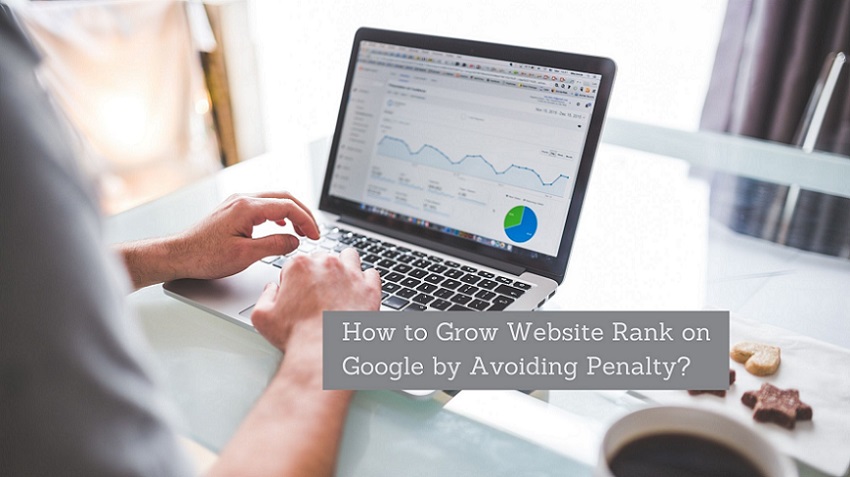Google’s October 2023 Spam Update has completed its rollout, reaching its final phase on October 20. This update, which was officially introduced on October 4, marks a significant development in Google’s ongoing efforts to combat spam and enhance the quality of search results.
The motivation behind this update stems from user feedback, with many individuals reporting an uptick in spammy search results when conducting searches in their native languages. In response to these concerns, Google has fortified its spam detection capabilities to refine the search experience for users across the globe.
Strategies Employed by Google in the Battle Against Spam
In its relentless fight against spam, Google employs a dual approach, utilizing automated systems and human reviewers to pinpoint and devalue spam-infested web pages and websites. Among these systems is SpamBrain, a cutting-edge tool that harnesses the power of artificial intelligence and machine learning to maintain vigilance over emerging spam techniques. Google remains proactive in its mission, regularly rolling out updates like the October 2023 Spam Update to remain aligned with the ever-evolving landscape of spam trends.
Google’s spam and misleading content criteria
Google’s criteria for identifying spammy or deceptive practices are documented in its spam policies. The practices that Google categorizes as spammy encompass:

- Concealing text or links so that they are unseen by users but detectable by search engines.
- Generating content automatically that offers minimal value.
- Unauthorized and extensive scraping of articles.
- Overloading web pages with excessive, distracting advertisements.
- Publishing thin affiliate content with a strong emphasis on monetization.
- Employing tactics such as “doorway” pages and other methods aimed at deceiving search engines.
- Utilizing aggressive or misleading commercial strategies, including making false claims.
Google advises websites to prioritize offering a transparent and honest user experience. Those who heed this guidance are likely to navigate spam updates successfully.
The Implications for Websites
Google’s most recent spam update serves as a prompt to remain abreast of industry best practices. Websites experiencing adverse effects as a result of this update should undertake a comprehensive review of their content and SEO strategies.
It is crucial to inspect the presence of thin affiliate pages, concealed text, scraped content, and an excessive profusion of advertisements. Any strategies found to be excessively promotional or misleading should be rectified without delay.
Furthermore, it is imperative to keep pace with Google’s evolving guidelines and perform routine website audits to maintain compliance and enhance search performance.
Navigating Google’s Updates: Guidance for Publishers
For publishers looking to navigate Google’s ever-changing landscape, the key takeaway is to prioritize the creation of high-quality, engaging, and original content. Such content is far less susceptible to the effects of algorithmic changes, while thin or duplicated content poses a higher risk of being flagged as spam. Regularly monitoring backlinks and conducting website audits can assist in identifying potential issues and taking corrective actions promptly. In the grand scheme of things, focusing on providing a valuable user experience and upholding transparency remains the most prudent approach to staying in Google’s good graces and ensuring the longevity of a website’s online presence.



